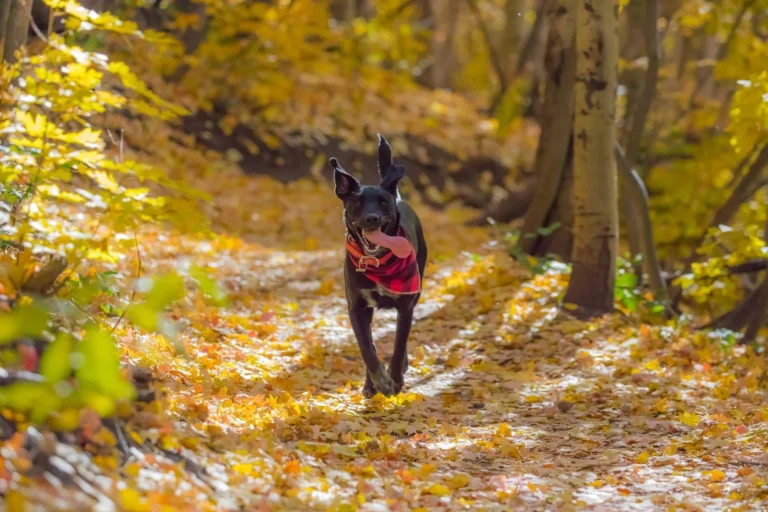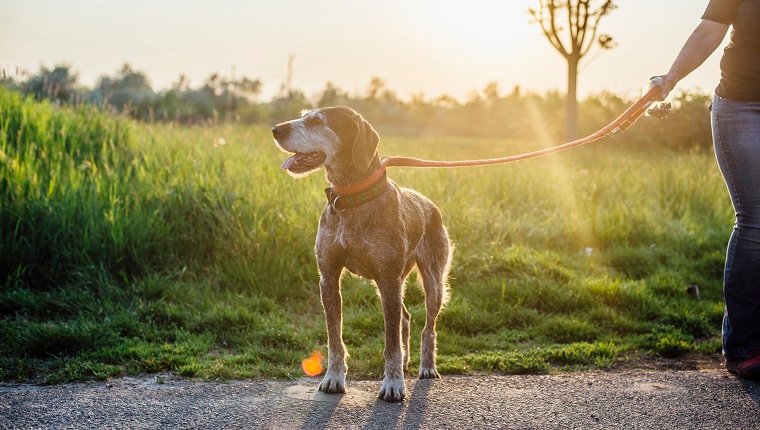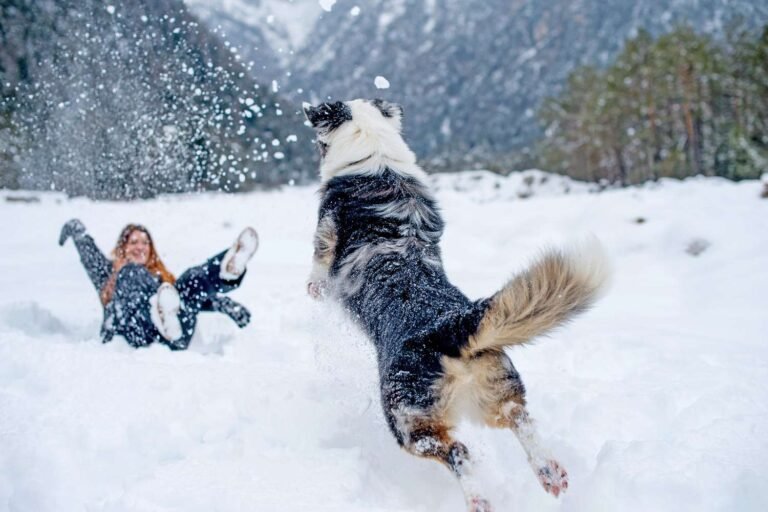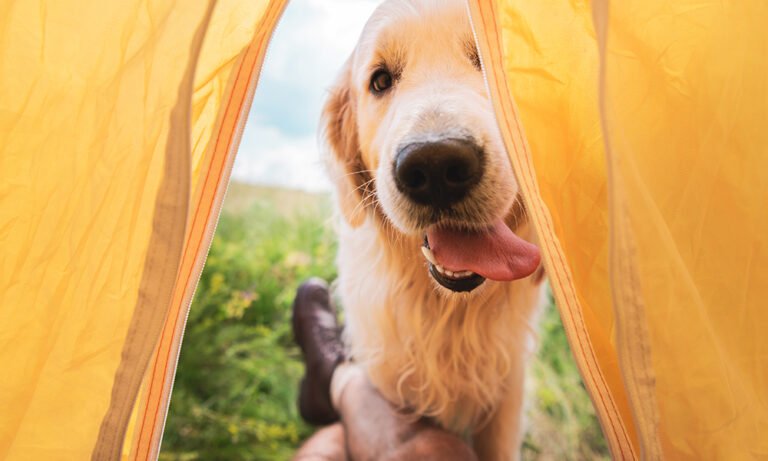It’s crucial to ensure that your dog is prepared for the joys and challenges of winter adventures. Cold temperatures and snow can pose risks to your canine companion, and being well-equipped can make all the difference. In this blog post, you will find a comprehensive checklist that covers everything from gear and health considerations to safety tips, helping you to enjoy the great outdoors with your furry friend while keeping them comfortable and safe.
Understanding Your Dog’s Breed
The breed of your dog plays a significant role in their readiness for outdoor winter adventures. Different breeds exhibit varying levels of adaptability to cold climates, energy levels, and exercise needs. Understanding your dog’s breed characteristics will not only help you prepare for winter outings but also ensure their safety and enjoyment during these activities.
Cold Weather Tolerance
Before venturing outdoors, assess your dog’s cold weather tolerance based on their breed. Some breeds, like Siberian Huskies and Alaskan Malamutes, are built for the cold, while others, such as Chihuahuas or Greyhounds, may struggle in low temperatures. Knowing your dog’s comfort level in cold weather will guide you in making appropriate decisions regarding how long and how far you can go on your winter adventure.
Physical Fitness Level
With varying exercise needs, your dog’s physical fitness level should also be considered before planning outdoor activities. Not all dogs have the stamina or strength for prolonged winter hikes or playtime in the snow. Assessing your dog’s current fitness will ensure they can keep up without becoming fatigued or risking injury.
Plus, maintaining a suitable exercise routine during colder months can help enhance your dog’s physical health. Gradually increasing their activity level and incorporating regular outdoor adventures will prepare them for winter excursions. Engaging in suitable exercises, like shorter walks or play sessions in the snow, can boost their stamina and keep them warm, ultimately making your outdoor winter adventure more enjoyable for both of you.
Essential Gear for Outdoor Adventures
Some necessary gear will ensure your dog stays safe and comfortable during winter adventures. Items like a sturdy leash, a well-fitted harness, and called-out thermal jackets are just the beginning. You should also consider portable water bowls and dog-friendly snacks for those longer outings. Ensuring your furry friend is equipped for the cold elements will go a long way in making sure your outdoor experience is enjoyable for both of you.
Protective Clothing
Above all, it’s important to provide your dog with protective clothing that fits well and accommodates movement. Look for jackets that cover their belly and neck to keep them warm during frigid outings. Ensuring the fabric is waterproof and insulated will help protect your furry companion against harsh weather conditions, keeping them comfortable on every adventure.
Footwear and Paw Care
Essential paw care includes considering protective footwear that prevents ice and snow from getting stuck on your dog’s paws. Dog booties can help shield them from sharp ice and salt, which can be harmful. It’s also wise to regularly inspect their paw pads for any signs of cracks or abrasions, especially after long walks in winter conditions.
At the end of your adventure, take the time to check your dog’s paws for snow buildup, as well as any cuts or irritations that may have occurred during your outing. Applying a paw balm can help to condition their paw pads and prevent dryness. Being proactive about your dog’s paw care not only enhances their comfort but also ensures they remain eager to join you on future adventures.
Pre-Adventure Health Check
You want to ensure that your dog is in optimal health before begining on a winter outdoor adventure. This means checking for any signs of illness, injury, or discomfort. A thorough examination of their ears, eyes, and paws is important, as winter conditions can lead to a range of issues, including frostbite and irritation. It’s important to assess their overall energy levels and eagerness for play to gauge their readiness for outdoor fun.
Veterinary Advice
Beside performing a personal health check, consulting with your veterinarian is a wise step. They can provide tailored advice based on your dog’s breed, age, and medical history. Your vet may recommend a pre-adventure check-up, vaccinations, or preventive treatments to ensure your furry friend is well-equipped for outdoor activities. Take their advice seriously to help keep your pet safe and healthy throughout the winter months.
Weight and Conditioning
At this stage, evaluating your dog’s weight and conditioning is important for a successful outdoor adventure. A well-conditioned dog will enjoy the experience and stay active throughout the journey. Keep an eye on your dog’s body condition score, and maintain a consistent exercise routine leading up to your adventure to enhance their stamina and agility.
Understanding your dog’s weight and conditioning can significantly impact their outdoor experience. If your dog is overweight, they may struggle with the physical demands of winter activities, risking injury or fatigue. On the other hand, a dog that is fit and accustomed to regular exercise will navigate snow-covered trails and chilly conditions more easily. Tailoring your adventure plans based on your dog’s fitness level can enhance their enjoyment and safety during your winter escapade.
Preparing for the Outdoors
After ensuring your dog is physically fit and ready for an outdoor adventure, it’s necessary to take the necessary steps to prepare for the conditions you’ll encounter. Dressing your dog appropriately for the weather, equipping yourself with the right gear, and having a solid plan of action for your outing can greatly enhance your experience together. Make sure you have a suitable leash, harness, and doggie bags on hand, and consider the route you will take, aiming for trails that are safe and enjoyable for both you and your furry friend.
Nutrition and Hydration
For successful outdoor adventures, it’s important to ensure your dog is well-nourished and hydrated. Pack enough food for your trip, taking into account your dog’s activity level and dietary needs. Bring fresh water and a portable bowl to keep them hydrated during your excursions, especially if you plan to be out for extended periods in cold weather where dehydration can still be a risk.
Safety Precautions
Around any outdoor adventure, you need to pay attention to possible hazards that may pose a risk to your dog. This could include icy surfaces, faster trails, or even wildlife encounters. Knowing your dog’s behavior and having control over their actions can prevent accidents, as can being aware of your surroundings and potential dangers.
For instance, keeping your dog leashed can deter them from running off into unsafe areas, while a well-fitted dog jacket can protect them from the elements. Make sure to check their paws for ice or cuts after prolonged exposure to snow and ice, and always have a first aid kit on hand. A thorough understanding of your dog’s limits and behavior in various conditions will empower you to create safer adventures.
Choosing the Right Location
Many factors come into play when selecting the perfect location for your outdoor winter adventure with your dog. It’s important to consider the accessibility, scenery, and terrain of the area. You should also think about how crowded the spot may be, as well as your dog’s comfort level in different environments. Picking a suitable location can enhance both your experience and your dog’s enjoyment while ensuring safety during your winter excursion.
Dog-Friendly Trails
DogFriendly trails are necessary for providing your dog with a pleasant experience outside. Look for trails that not only allow dogs but also feature good signage, proper maintenance, and amenities like water stations or rest areas. Ensuring the trail is suitable for various weather conditions and levels of difficulty will help keep both you and your furry friend happy and engaged throughout your adventure.
Weather Considerations
DogFriendly weather considerations can make or break your outdoor plans. Always check the forecast to ensure temperatures are suitable for your dog, as extreme cold can lead to health risks. Understanding how your dog’s breed and coat type respond to cold conditions will help you plan adequately for dress and protection. Additionally, be aware of potential hazards like snow or ice, which can create unsafe surfaces for both you and your pet.
A deeper understanding of weather conditions is necessary for a safe outing. Wind chill, precipitation, and temperature fluctuations can all impact your dog’s comfort and safety levels. It’s wise to dress your dog appropriately, considering items such as dog jackets or booties to protect their paws from cold surfaces. Keeping a close eye on your dog’s behavior during the hike will also help you identify if they’re feeling unwell, allowing you to adjust your plans accordingly.
Training and Behavior
Not all dogs are ready for the excitement of a winter outdoor adventure. Before heading out, assess your dog’s training and behavior to ensure they can handle various conditions. A well-trained dog is not only safer but also more enjoyable to have as your companion on snowy or icy trails. You’ll also want to refine their skills in different environments during colder months.
Basic Commands
On your winter adventure, it’s important that your dog is familiar with basic commands like “sit,” “stay,” and “come.” These commands can help keep them safe around distractions such as wildlife or slippery surfaces. Reinforcing these skills before your outing will significantly enhance your dog’s responsiveness and contribute to a more enjoyable experience for both of you.
Socialization with Other Dogs
Dogs thrive on social interaction, and winter adventures often bring other furry friends into the mix. Proper socialization allows your dog to comfortably engage with other dogs, which can be especially important when encountering new or excitable pups on the trails.
With successful socialization, your dog can learn to read body language and respond appropriately to other dogs, reducing the chances of conflicts during your outdoor visits. Expose your dog to various breeds and temperaments in controlled environments beforehand, ensuring they are well adjusted to meeting new friends in the snowy landscape. This will not only make your outings more pleasant but also provide your dog with enriching experiences in different situations.
Final Words
Conclusively, ensuring your dog is ready for an outdoor winter adventure involves careful consideration and preparation. By following the checklist, you can assess your dog’s needs, outfit them appropriately, and ensure their safety in cold conditions. With the right gear and precautions in place, you and your furry friend can enjoy the beauty of winter together, making lasting memories while keeping their well-being a top priority.





